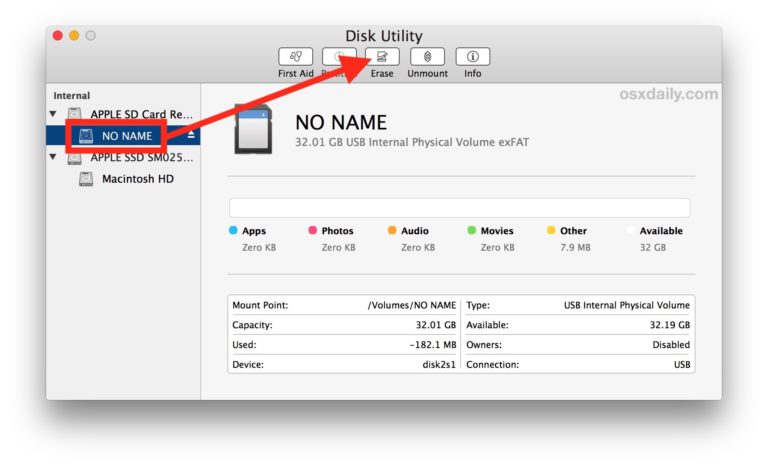

In the command, change DRIVE-LETTER for the letter you want the drive to use, which is not assigned to another device. Type the following command to assign a letter and make the drive available in File Explorer and press Enter: This example formats the drive using the NTFS file system and names the partition "Data": Just remember that depending on the hard drive's size, the format could take a long time. However, if you are not sure about the drive's condition, it is best to skip the option. The quick option is optional to perform a format more quickly. In the command, replace FILE-SYSTEM with the name of the file system you want to use, such as NTFS or FAT32, and replace DRIVE-LABEL with the name of the drive as you want it to appear in File Explorer. Type the following command to format the partition using the NTFS file system, set a drive label, and press Enter:įormat fs=FILE-SYSTEM label=DRIVE-LABEL quick Type the following command to make the partition active and press Enter: Type the following command to select the new primary partition and press Enter: Type the following command to create a new partition and press Enter: Quick note: The output should include an asterisk (*) next to the selected drive. Type the following command to confirm the drive still selected and press Enter: Type the following command to wipe out the drive and press Enter: If you do not perform this step correctly, you could erase the wrong drive. In the command, replace DISK-NUMBER with the drive number you want to repair as it appears in the "Disk" column.

Type the following command to select the drive that you want to clean and press Enter: Type the following command to list all the active drives and press Enter: Type the following command to run DiskPart and press Enter:
When formatting a disk for storage use between mac and windows what format how to#
How to fix drive problems with DiskPart on Windows 10


 0 kommentar(er)
0 kommentar(er)
